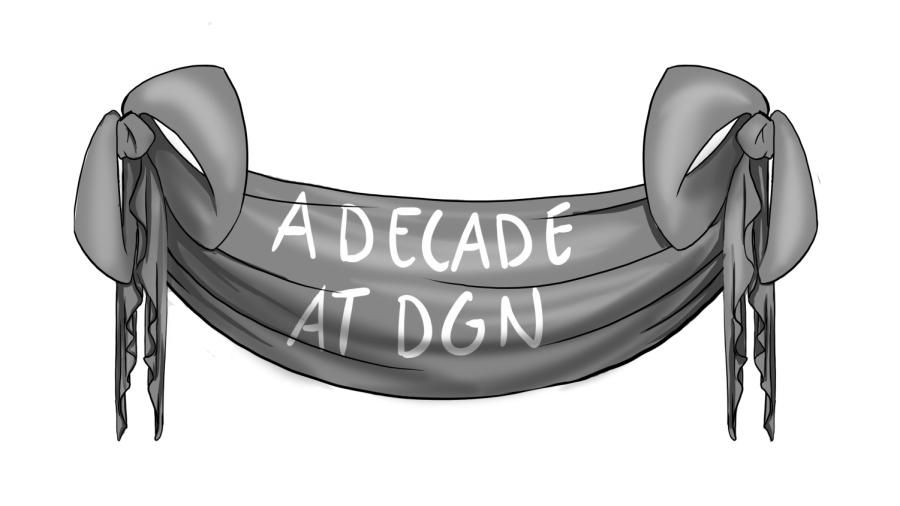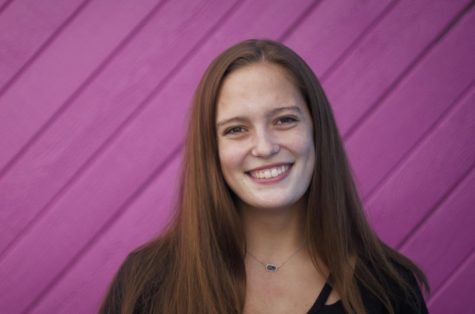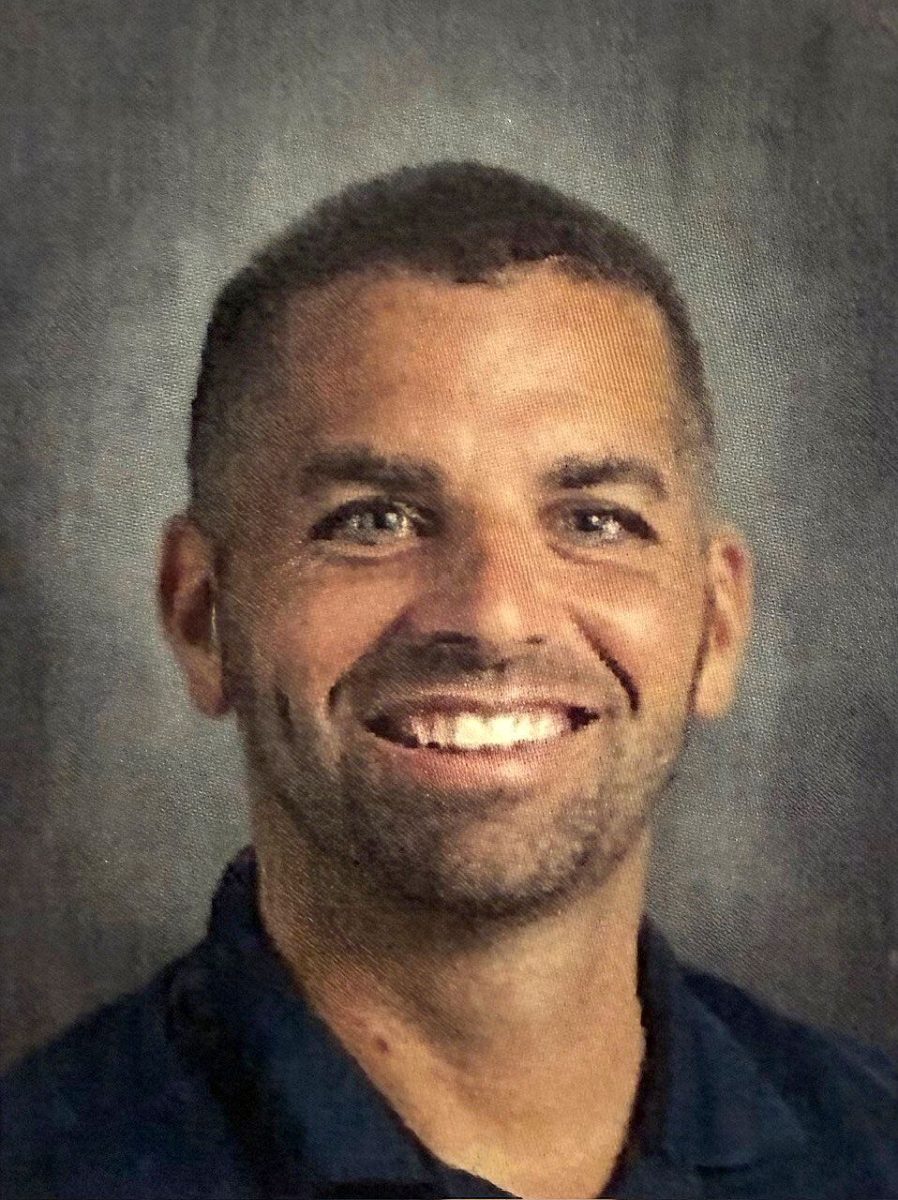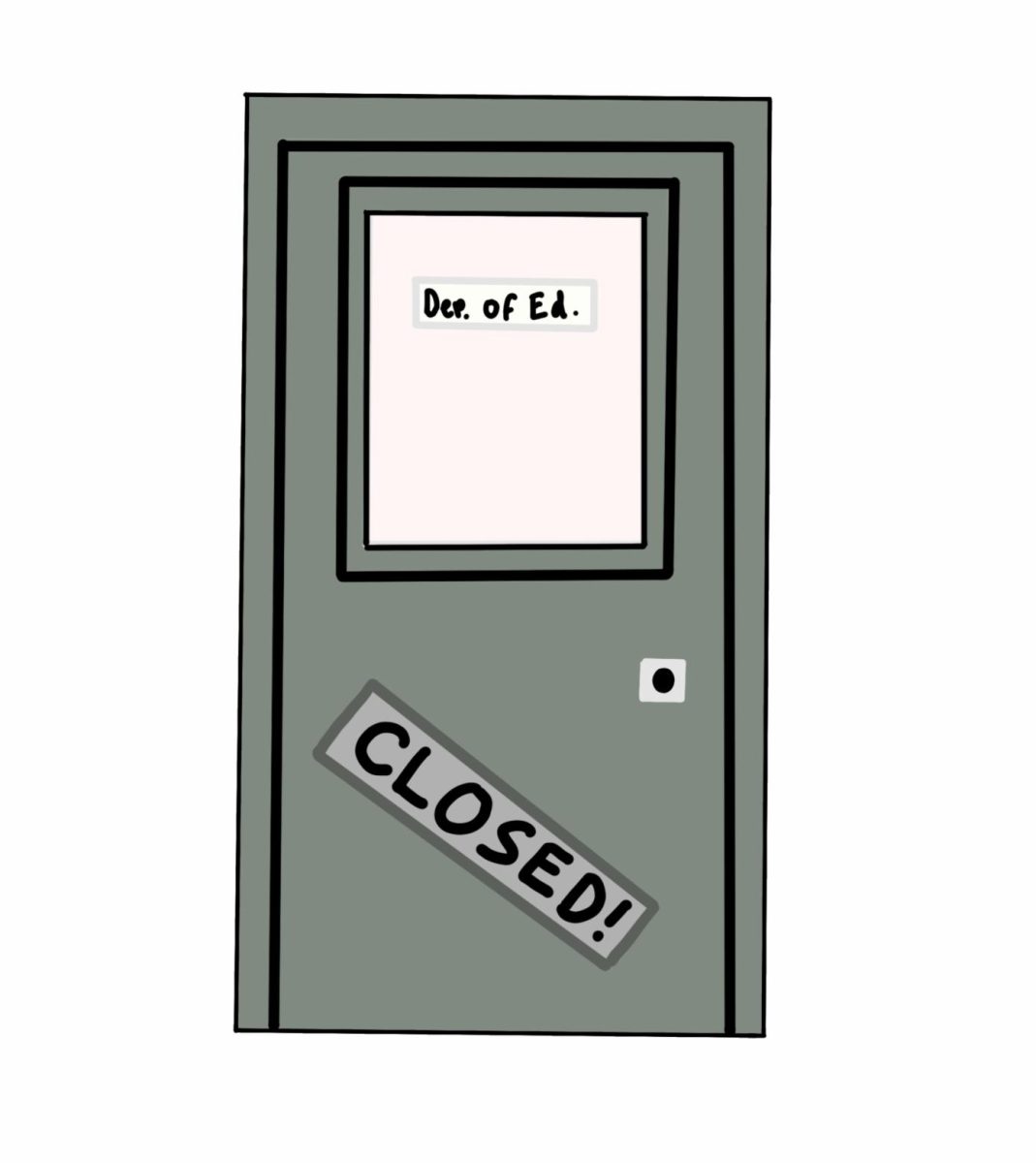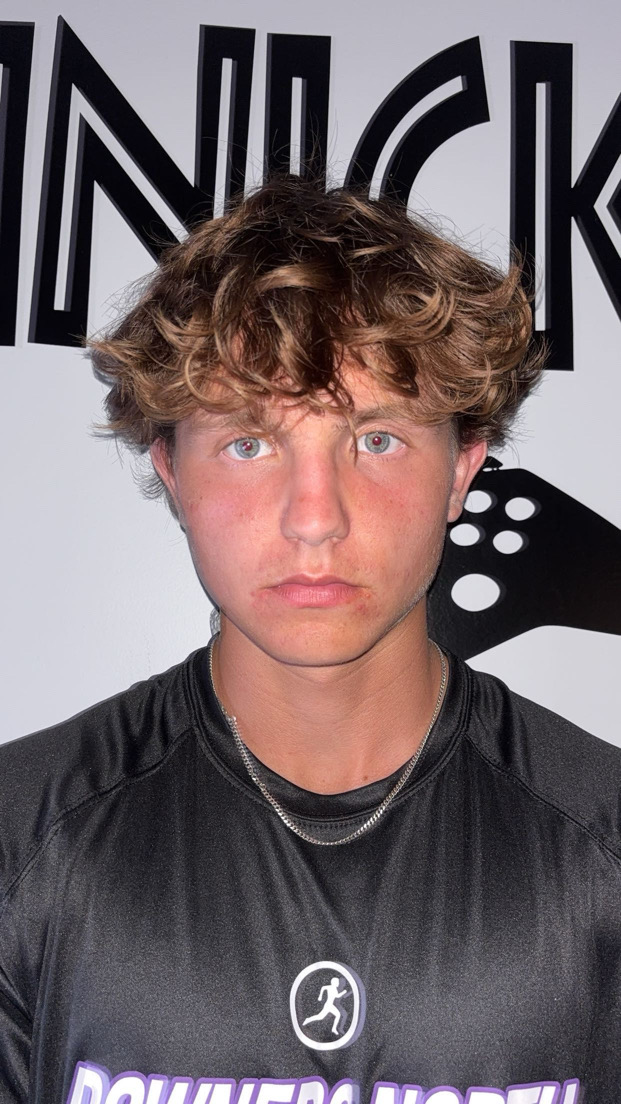A Decade at DGN
December 13, 2019
STUDENT POPULATION/DIVERSITY
A lot can happen in 10 years. In the past decade, DGN has seen major changes into their learning curriculum and seen major innovations into making the school a better learning environment.
Student population has stayed steady through the past 10 years, seeing a small increase of students from 2010 to 2019. According to the Illinois School Report card, student enrollment has grown from 2,094 students to a total number of 2,147 students in the past school year.
Student enrollment has seen a small increase over the past 10 years, growing from 2,094 students in 2010 to a total enrollment of 2,147 students in the past 2018-2019 school year.
Overall, student diversity has seen a jump from 2010 to 2019. According to the Illinois School Report card, in 2010, 80.4% of students identified as White, 5.1% as Black, 5.7% as Hispanic, 4.7% as Asian/Pacific Islander, 3.7% as two or more, and .4% as Native American. In 2019, 73.8% identify as White, 12.2% as Hispanic, 6% as Asian, 4.5% as Black, 3.2% as two or more, and .2% as American Indian.
TECHNOLOGY REVOLUTIONIZES TEACHING
Technology has had an overall huge impact on Special Service education along with the general education. The Chromebook has been added to special service learning curriculums and has changed the approach to teaching students with special needs.
“Chromebook is huge because it allows students with a variety of different disabilities to access the curriculum very similar to their peers,” Special Service Jorie Burndette said, “It’s something very easy, it’s been very integrated into everything that we do as a school and as students do.”
Overall students with special needs and/or an IEP have seen increases since 2010 due to a new approach to working with and teaching the students. There are around 300 kids with IEPs enrolled at DGN for the 2019-2020 school year.
“We worked to eliminate [labels] and look at each kid individually and look at their needs and what their abilities are and make choices on that and not on a preconceived notion on what necessarily that is,” Burndette said.
Teacher numbers in the Special Services department of the school have decreased in the past 10 years.
“It’s always been a position that’s been harder to fill because there’s just not as many people going to school for that and I think it’s going to be more challenging as we see less people in teacher prep programs,” Burndette said.
STUDENTS EXCEL IN DECADE’S EXPECTATION OF STANDARDIZED TESTING
In 2010, the The Prairie State Achievement Examination (PSAE) was still required for juniors to take in all Illinois high schools. The graduating class of 2010 received a 77.5 on the overall prairie state achievement examination, a score similar to the state average.
76.8 percentage of the class of 2010 either met or exceeded standards in ELA, 80.7 percent in mathematics, and 74.9 percent in science on the PSAE.
After 2014, when the PSAE stopped being required to be taken, the Illinois School Report Card then focused on the SAT standardized test.
The SAT, split into two groups of ELA and Mathematics, is categorized on 4 levels. In 2019, 37 percent of the ELA part of the SAT fell onto “Meets”, which was the largest percentage of tests falling into one category.
In the Mathematics section, 41 percentage of tests also were found “meets’, meaning that test takers know an ‘adequate’ amount of knowledge by Illinois School Standards.
NEW CLUBS ENCOURAGE STUDENT PARTICIPATION
Over the past decade, DGN has made major strides in providing social opportunities for students to connect with peers and staff within the building.
In the past 10 years, over 70 clubs have been added to the school, achieving the goal of students getting involved with a wide variety of activities, ranging from IWILL to TableTop Gaming.
“It’s ways for us to recognize our students and our student population. As well as to provide opportunities for leadership, learning about culture, and students finding their place in our building,” Student Activities Director Mark Mirandola said.
Assemblies are another way to attempt to connect with students. Many changes occurred to the assemblies over the decade. In the past 6 years, a shift from faculty-run assemblies to having students with a big part of running the assemblies, with student MCs being added and the ELITE leadership program help running the production.
The biggest change occurring last year, for that the 2018-2019 school year was missing a spring pep assembly. Low student participation and spirit was a main reason behind the purpose of removing the assembly.


